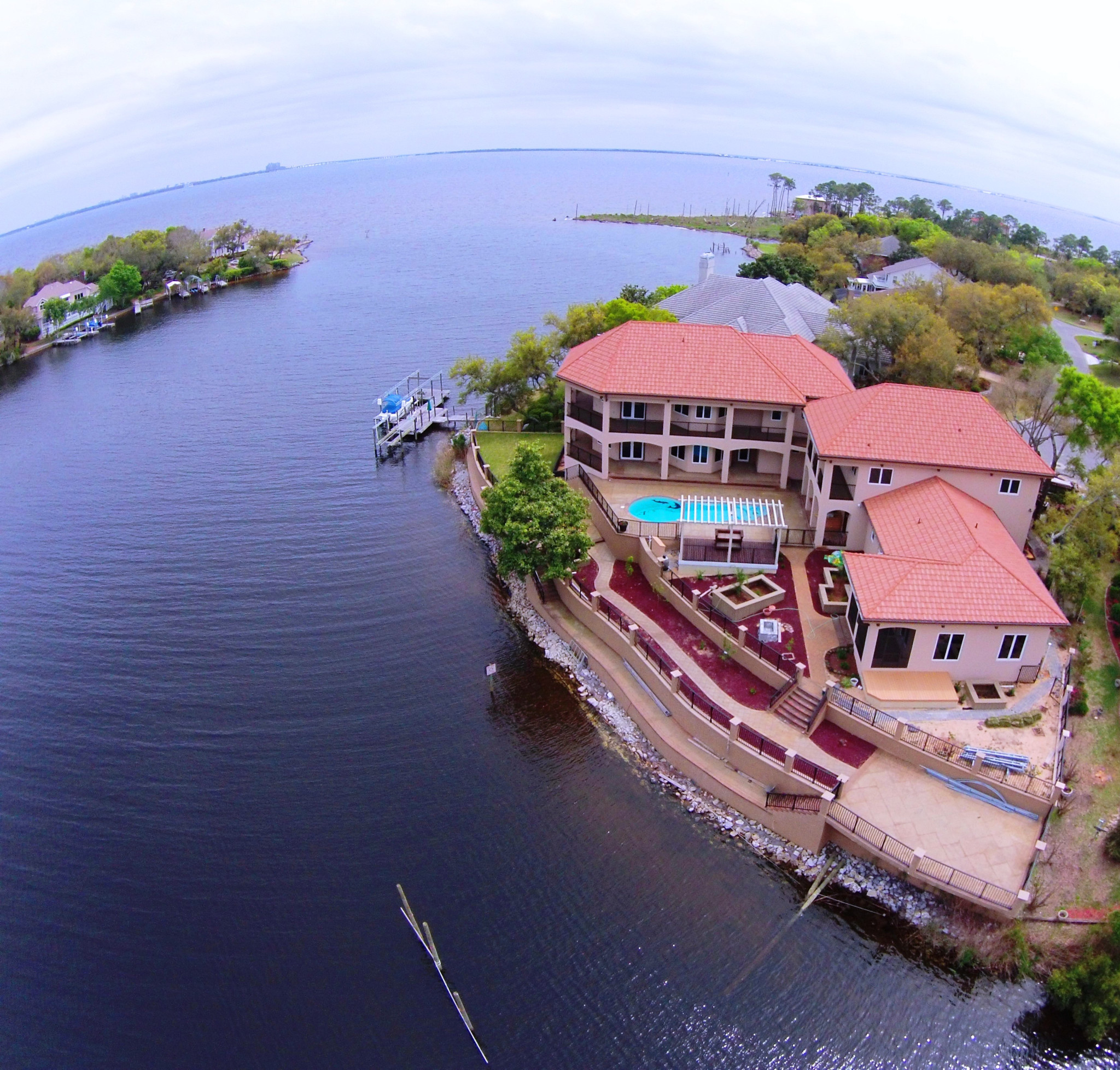So far, the winter of 2023/2024 has followed a well-established pattern of extreme weather events that have become the norm during the past decades. Hurricane-force winds and powerful waves have eroded beaches on both coasts, and torrential rains are flooding normally dry areas in the West. El Nino is lurking in the Pacific, ready to drive warmer temperatures as far north as Alaska, while the Midwest is expected to suffer through extreme drought until spring.
The construction community has responded to these extreme climate changes by investing in new approaches to sustainable design. “Sustainability” may have been seen as an effective marketing watchword a decade or so ago. Now there are indications throughout the construction community that sustainability is increasingly recognized as an essential component of a building’s value. Building codes are becoming more stringent and financial support is flowing from the federal government to the states to help fund sustainable approaches in both new and retrofitted construction. Tenants and owners alike are showing a preference for buildings that will withstand weather extremes. They are willing to pay more for properties that are energy-efficient, environmentally friendly, and designed with sustainability in mind. Many businesses are adopting sustainability as a core value and are seeking office spaces and facilities that align with their environmental commitments.
Compared to earlier discussions of sustainability as a desirable goal in building design, you might say that we are now in the midst of Sustainability 2.0. Talk has turned to action, and the questions being raised now are not “when” or “if” but “how.”
Proven Performance
As part of this intensified approach to creating sustainability, architects and specifiers are rediscovering longstanding approaches that allow them to take advantage of the durability of tried and true roofing membranes. New ideas are important, and so is a new appreciation for products that have demonstrated their longevity and strength both in the field and through laboratory testing. For instance, if a photovoltaic system is installed on a roof and covers at least 75% of that roof, the builder is not required to use reflective roofing membrane, but can instead choose a long-lasting dark membrane that will potentially outlast the life of the solar installation. A roof that is supporting PV systems and fails while those systems are still at peak function can lead to costly removal and replacement of the roof, and disruption of the functioning of the solar panels. And failing to take advantage of recycling opportunities can lead to improper disposal in already overcrowded landfills.
As Executive Director of the EPDM Roofing Association (ERA), I can report that this new focus on sustainability has sharpened our internal focus on the value of the products we represent. Over the past 20 years, while EPDM membrane formulations have remained relatively constant, ERA members have continually delivered product innovations to the roofing community. Self-adhering components have increased roof system quality, highly puncture resistant 90-mil EPDM membranes have been introduced offering the thickest layer of waterproof protection available, and white EPDM has been introduced for use in warmer climates. Roofing membranes and roofing systems have become a focus of efforts to reduce the use of natural resources. For our ERA members, the commitment to sustainability has become the core value of our effort to create long-term value for our customers.
Given the urgency of preserving the resources that we use in our products for generations to come, and the critical role that roofing plays in sustainable construction, ERA has produced this first annual report on “The View From the Roof: Building a Sustainable Future.” This document is provided as a resource for the decision-makers of the roofing industry, and for the thought leaders who impact the trajectory of roofing science. (To access the study, visit https://epdmroofs.org/epdm-todays-choice/sustainability/.)
Our goal is to ensure that anyone interested in creating or investing in a sustainable roofing system has access to up-to-date information about best practices to be followed, as well as an understanding of the benefits of EPDM to support a sustainable plan.
We want to be your partners as stewards of a dynamic present and builders of a sustainable future of the roofing industry.
About the Author: Ellen Breipohl Thorp, M.A., CAE, is Executive Director of the EPDM Roofing Association. For more information about the ERA, visit epdmroofs.org.




Be the first to comment on "Building A Sustainable Future"